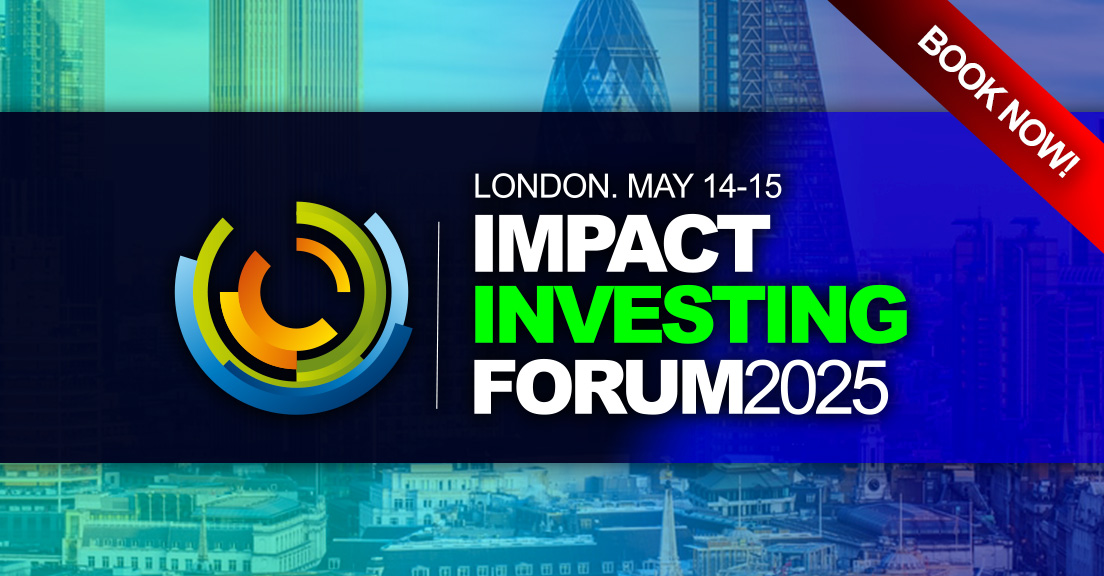Machine Learning And AI Helping Quants To Solve ESG Data Conundrum AlphaWeekMachine Learning And AI Helping Quants To Solve ESG Data Conundrum AlphaWeekRead More
Impact Investing Forum 2025
https://impactinvestingconferences.com/
London UK. May 14-15, 2025.
Book Now!
Investors of all shapes and sizes are increasingly pushing the ESG question onto their hedge fund managers but despite the focus, a recent survey of hedge fund managers published by BNP Paribas, Hedge Funds and ESG: Finding Their Place On The ESG Spectrum, said that 60% of the survey participants do not integrate ESG into their investment process, and “a core group has yet to be convinced that ESG-related products and data sets can improve the risk-return profile or be successfully integrated into their trading strategies.”
A significant part of the reason why such a high percentage of respondents aren’t incorporating ESG into their processes is the well-documented lack of consistency among independent ESG data providers: “It hinders the ability of funds to quantify the characteristics of their strategies,” says BNP Paribas’ report. Investment managers employing a systematic approach are heavy consumers of data – it’s a foundational pillar of their investment program, after all – so, when a data category has a high degree of heterogeneity, that can, and does, present a problem. Unfortunately, for the quants, that’s not all.
“ESG indicators are usually submitted annually, or at best, a few times a year,” said Arnaud Sarfati, CEO and Co-Founder of Paris-based quantitative investment manager LFIS Capital. “This low frequency of data is insufficient for investors who rely on reactive valuation and risk models.”
Added to the data frequency challenge facing systematic investment managers when trying to extract ESG alpha is the suitability of instruments for inclusion in the portfolio in the first place. Sarfati argues that credit instruments provide few real opportunities for ESG-focused managers.
“The universe of eligible sovereign bonds and currencies that would fall into an ESG framework is quite limited, which has played a part in the rapid growth of green bonds. In spite of this growth, the market remains small, resulting in very limited liquidity, almost non-existent derivatives and demand outstripping supply as thematic green funds struggle to find investments,” he said.
This leaves public equities as the primary asset class available for the ESG quants. There has, to date, been no identifiable ESG ‘factor’ for quants to incorporate – or not – into an investment strategy, but despite the conflicting nature of some of the data available, Sarfati does see some glimmers of consistency in the data which offers encouragement.
“We have observed that there is a stronger consensus between the different ESG data providers on the ratings of low rated securities than for higher quality ones, especially in the E and S categories,” he said.
In Europe, the E.U.’s Sustainable Finance Disclosure Regulation is now in effect. The directive is designed to increase transparency by imposing more stringent requirements on sustainability disclosures made by, amongst others, investment firms. Isn’t this yet another cost that will end up eating into the returns of a manager employing an ESG-related strategy, though?
“We agree that more regulation does stand to increase costs. Nevertheless, over time, these costs will be diluted if ESG is required, and managers need to use ESG data across all funds. Indeed, over the long-term, if the benchmarks all include ESG constraints, then funds will be relatively less impacted,” said Sarfati.
That’s another tick in the box for the ESG disciples but the data challenge remains a conundrum for managers of these strategies. So, what is a quant to do?
Build something yourself.
“At LFIS, we have decided that it’s better to build bottom-up systems / processes vs. buying an off-the-shelf dataset. No-one disputes that ESG information can significantly impact short-term asset prices; we have seen this happen following controversies at Volkswagen, Lafarge, Valeant, Bayer and others. This points to the increasing importance of intangible value in corporate valuations and one can certainly argue that news and sentiment are important drivers of intangible value. Our view is that real-time ESG data, harnessed from all the textual data we can now exploit, provides an advantage. Specifically, our conviction is that a systematic, reactive process designed to get a jump on changes in ESG profiles and capture the resulting price trends, has value and this is where quants stand in good stead,” said Sarfati.
Alongside the lack of consistency of available data, ESG critics see a rampant ‘greenwashing’ of investment products to assist with the asset raising effort as another reason why ESG should be ignored; that accusation is levelled at investment managers of all strategies and types. Sarfati has heard it all before and says that ESG should be viewed as an evolving subset of the investment industry and recent regulatory developments, like the aforementioned SFDR in Europe, will help to provide more certainty going forward.
“Efforts to create a universal framework for ESG measurement, that help to address the lack of consistency in ESG data and reporting, is something we encourage. The changing regulatory backdrop, including SFDR for example, will help bring clarity for end investors. The important thing is the growing emphasis we are seeing from investors and the industry alike in ESG investing and the increasing levels of exigence investors and regulators are bringing to the table. This will move the overall industry further in the direction of meaningful responsible investing,” he said.
The use of machine learning by quantitative investment managers continues to grow, in terms of the number of managers using this technology and the areas of finance to which it can be successfully applied. Sarfati says that its flexibility and scale can enable quant managers to extract ESG-compliant alpha without the need to rely on external datasets, particularly in the short term as the ESG movement continues to evolve.
“Quantitative and systematic approaches to investing overall have a lot of potential to be explored and machine learning is one aspect of this. The asset management industry is at the beginning of discovering artificial intelligence and machine learning for investing and computing power and textual data continue to expand exponentially,” he said. “We see value in the model of partnering with experts, such as fintech companies in the area, to leverage their specialized expertise. These techniques applied to ESG are complementary to existing and more established approaches and can serve as a basis to capture short term “momentum” ESG moves, acting as another tool in the ESG investing toolbox.”



